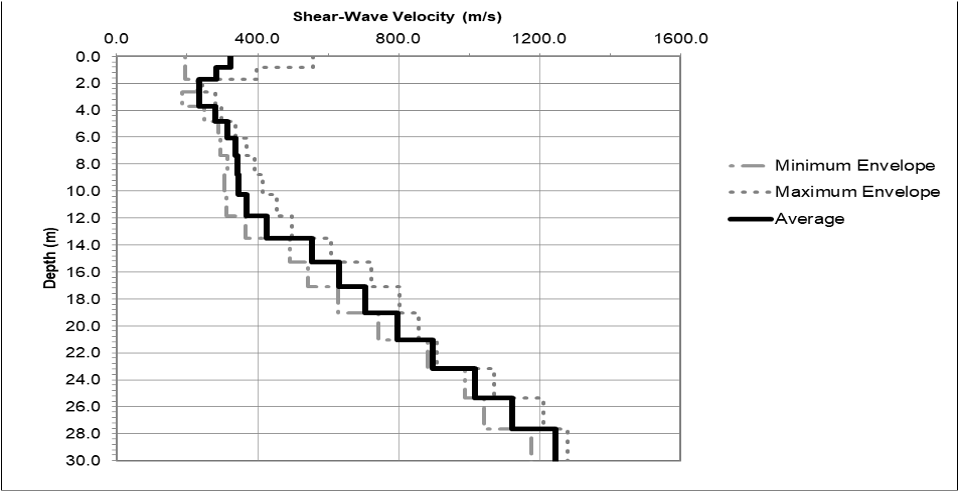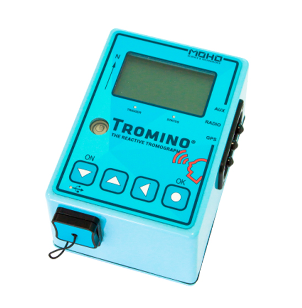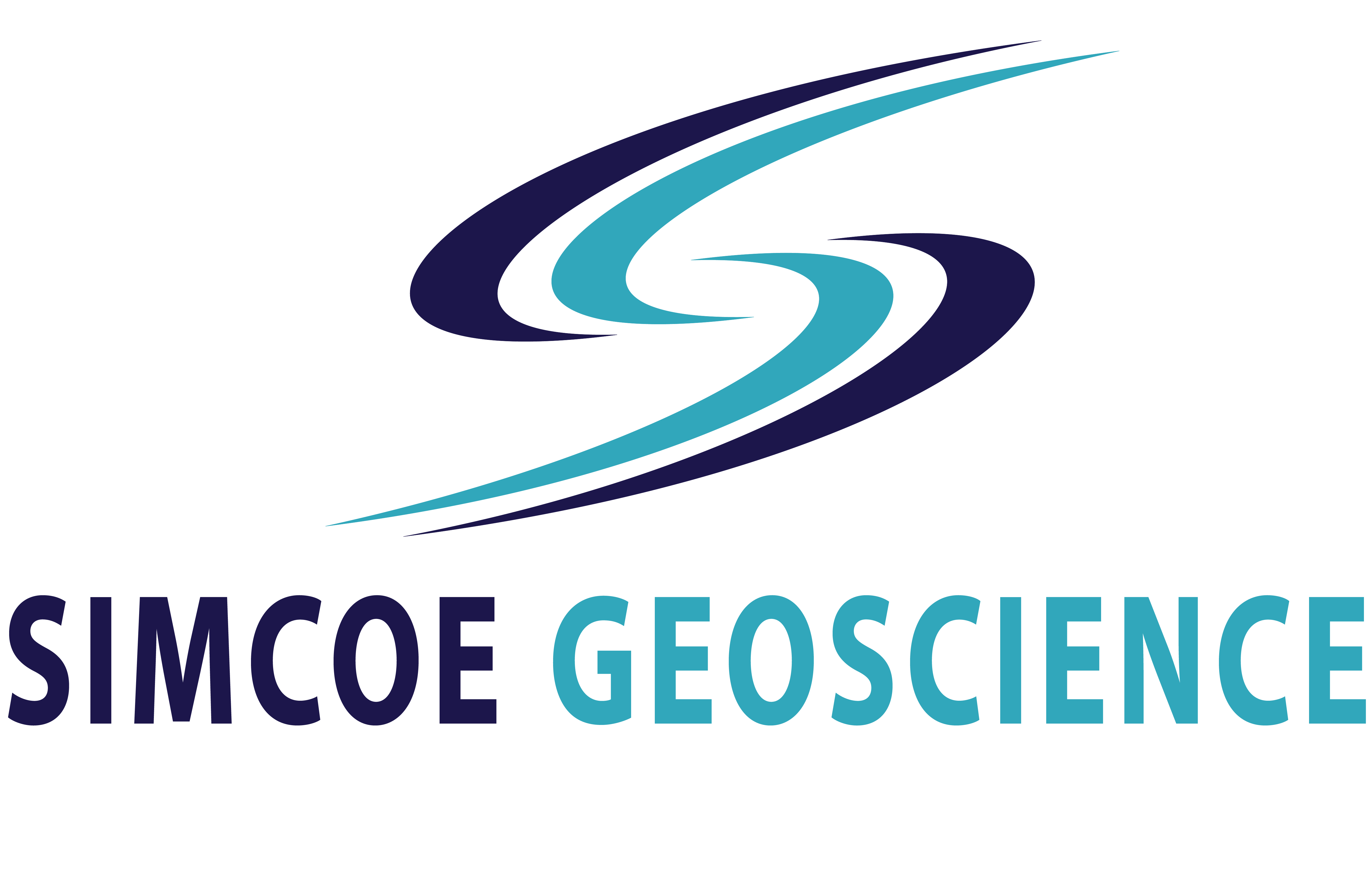Bedrock Depth Profile
Refraction
Commonly used for Bedrock mapping and water table surface. Compressional wave velocities of soil and rock (Vp).
Refraction was at one time the heart of the engineering applications because the most important element was bedrock mapping. Now it is done to accompany other techniques.

MASW / Remi
Measuring shear wave velocities of soils (Vs) and rock surface, determines seismic site class (Vs30).
MASW Results: shear-wave velocities with depth
1-D sounding for seismic site class or 2-D profile which is becoming more common for retaining walls and shoring walls or general mapping of bedrock.


HVSR (Horizontal to Vertical Spectral Ratio)
Spot location of bedrock depth.

Essentially it obtains the natural ground frequency at any location in 20 or 30 minutes. The most common natural frequency is bedrock but it can be used for infrastructure such as buildings and bridges.

Ambient Noise Surface Wave Tomography
Advanced passive seismic technique to model shear strength of soils, rock, overburden structures and rock structures in 3D.
Large HVSR arrays over extended periods of recording will generate detailed 2D and 3D images for overburden down to bedrock by discriminating their shear-wave velocities.
